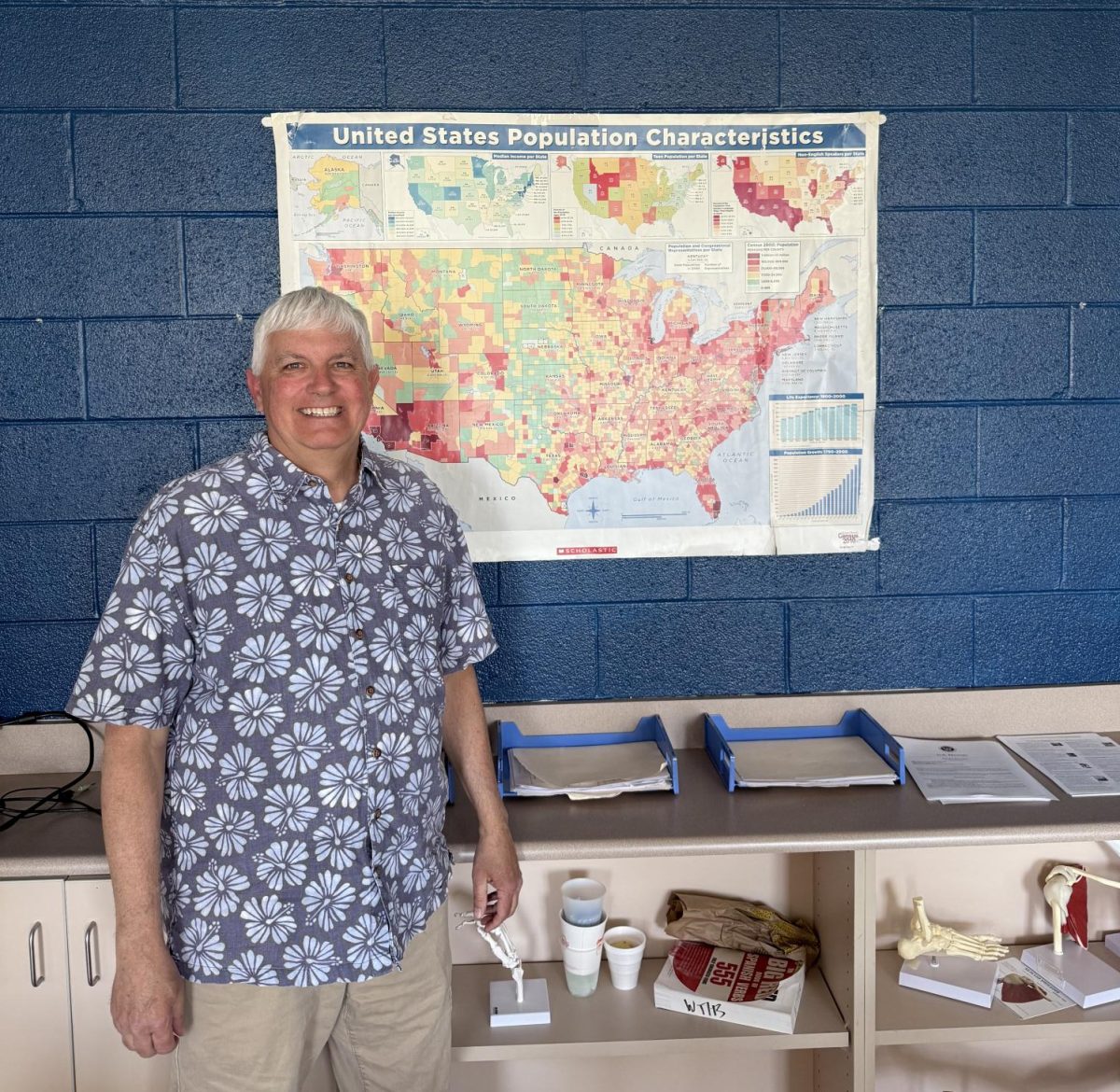E-Learning and Productivity
September 28, 2020
E-learning integration at different schools in the Lake County area has been difficult this fall semester, especially with many students struggling to keep up with the coursework and their own mental health.
With the CDC recommending social distancing and wearing face masks, many schools deemed it unsafe to reopen. The new virtual learning environment has been riddled with technical difficulties and learning curves for students and teachers alike for adjusting to the new standard of education.
When COVID-19 shut down schools in March, many schools opted to have classes give out assignments weekly instead of operating on a daily bell schedule. The due dates were extremely flexible and many schools also allowed for classes to enforce a policy where grades could not drop lower than they were when schools initially shut down.
With the most recent startup of schools in August, student schedules look very different. The bell schedule was reinforced in a virtual manner. Schools like Warren Township High School have created block schedules that create four 70-minute classes per day on weekdays with the exception of Wednesdays where every class has a meeting time. This means that students are required to have stable internet connection for a minimum of five hours per day to learn the material off of Google Meet calls.
Within the many different schools in the Lake County area, students have very different wifi connections, ranging from stable to unstable, some homes not having any at all. Those students have the option of driving to the school parking lot to complete their schoolwork in their cars. The quality of their education is rapidly declining due to the pandemic’s limitations on where they can go to get free internet access.
Abby Kim, a junior at Grayslake Central, has had a very negative experience with her internet connection. “My home internet is very slow and makes learning and participating in zoom calls very difficult. Every time the screen glitches, I fear that I have missed a vital piece of information for the class.”
The fear of missing assignments or part of a lesson is very common among students. Many lessons are not recorded for high school classes, so missing a minute of the class could potentially lead to missing assignments. Some teachers have adapted and post weekly schedules and important information from each online class on their Canvas pages, but sometimes even that isn’t enough.
Sarah Khaliq, a senior at Warren Township High School, expressed that her internet connection was not as much of an issue. “My internet is pretty good, however, it crashes occasionally when there are too many devices trying to do multiple things at once. But for the most part, I don’t have to worry about missing class due to a technical issue.”
These internet issues go hand-in-hand with varying mental health issues. The array of difficulties navigating e-learning is causing an all-time high of mental breakdowns and emotional distress for students. While a regular school environment already creates an immense amount of stress for students, a virtual school environment only amplifies that anxiety.
Kim mentioned how her frustration with e-learning has warranted very emotional outbursts. “The stress of having to take a multitude of AP classes my junior year online in an environment that is impossible to retain information in has caused me to literally cry and scream.”
Since classes are shorter, teachers are more inclined to assign more homework to stay on track. While some school activities are canceled, most outside activities are in full swing. Even though the time spent with teachers in the virtual classroom is less, the coursework has nearly doubled between the typical homework, projects, and tests, as well as having to relearn the content outside of class.
Emily Craig, a senior at Warren Township High School, says her mental health is at an all time low. “Everyone assumes that since I’m in school for less time, I have more time. So my teachers give me more homework, my activities schedule more things, and my parents force me to work. It is completely overwhelming and unsustainable.”
Assignments have not only doubled, but are very difficult to keep track of. Students are complaining of not being able to find every assignment due to them being under multiple categories in Canvas, some not even being on Canvas at all.
Khaliq had a very similar negative reaction to e-learning as Craig. “My mental health is so bad with e-learning. Everything is more stressful and it’s hard to be productive when there is a lack of motivation. There’s more anxiety due to the uncertainty of what’s to come. Everything just seems so surreal.”
With all the negative experiences surrounding online learning, students are attempting to hold onto the few positive experiences that are getting them through the semester. Some things that students seem to like is the later start times and the ability to take a class from the comfort of their own bed.
Craig has been able to find some upsides to her e-learning experience. “My favorite thing is definitely being able to make good food for lunch because I have a stove. I have the ability to make several recipes outside of the typical sandwich I would usually eat in a cafeteria.”
These little things are getting students through such a stressful period in their lives. Keeping a positive mindset is the key to productivity, even when things appear impossible.









